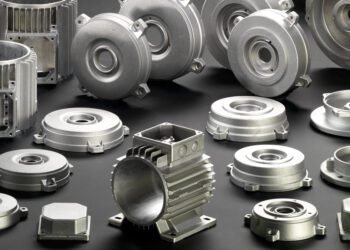A Complete Guide to Battery Technology
In today’s fast-paced digital age, batteries serve as the lifeblood of our gadgets and devices, enabling us to stay connected, productive, and entertained. From the humble flashlight to sophisticated electric vehicles, batteries power a vast array of technologies that we rely on daily. However, to truly appreciate the role batteries play in our lives, it’s essential to understand their inner workings, their various types, and how they’re applied across different industries. In this comprehensive guide, we’ll take a deep dive into the world of batteries, exploring their types, components, working principles, applications, and maintenance tips.
Join our: Whatsapp Group
Types of Batteries
Batteries come in two main categories: primary and secondary.
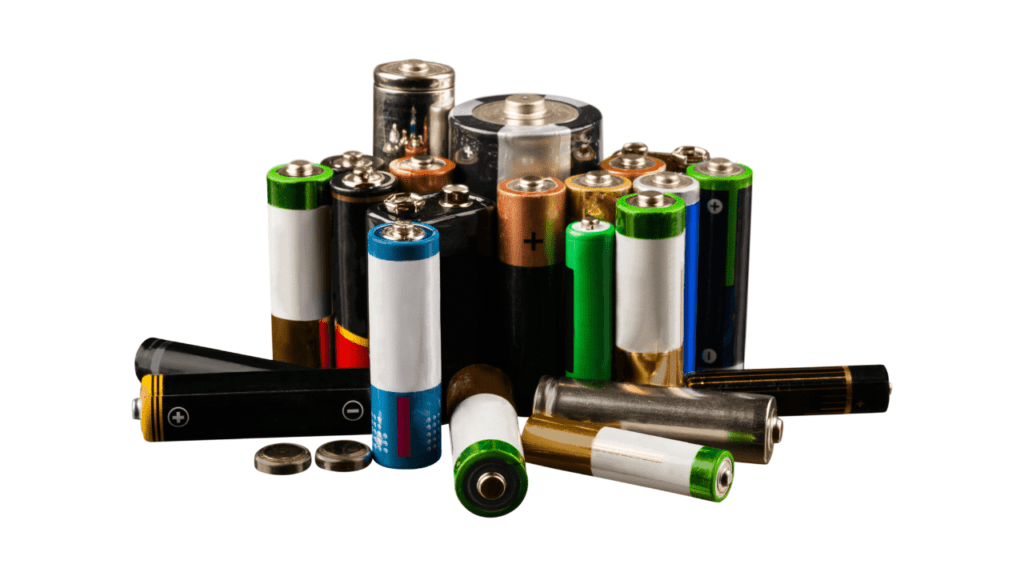
- Primary Batteries: Also known as disposable batteries, primary batteries are designed for one-time use. Once their chemical reactions are depleted, they cannot be recharged. These batteries are commonly found in household devices like remote controls and alarm clocks.
- Secondary Batteries: In contrast, secondary batteries, or rechargeable batteries, can be recharged multiple times. Over time, they prove to be both more eco-friendly and economical.. Examples include lithium-ion batteries in smartphones and lead-acid batteries in vehicles.
Components of a Battery
Understanding the key components of a battery is crucial for grasping how it functions.
- Anode: The anode is the electrode where oxidation occurs during discharge. It releases electrons into the external circuit, initiating the flow of electricity.
- Cathode: The cathode is the electrode where reduction occurs during discharge. It accepts electrons from the external circuit, completing the electrical circuit.
- Electrolyte: The electrolyte is a chemical substance that facilitates the movement of ions between the anode and cathode. It allows the battery to maintain a balanced charge and sustain the chemical reactions necessary for generating electricity.
- Separator: The separator is a porous membrane that physically separates the anode and cathode to prevent short circuits while allowing the flow of ions. It plays a crucial role in maintaining the integrity and efficiency of the battery.
Must Read :Top 5 Most Common Types of Metals and Their Uses
Common Battery Chemistries
Batteries utilize various chemical compositions to store and release energy efficiently.
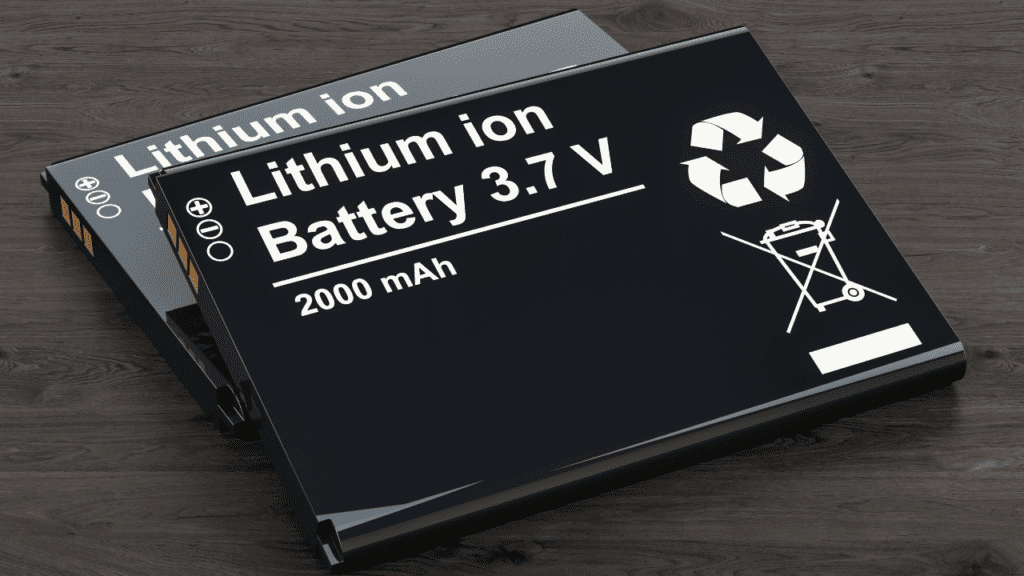
- Lead-Acid Batteries: Lead-acid batteries are among the oldest and most widely used types of batteries. They consist of lead dioxide as the cathode, sponge lead as the anode, and sulfuric acid as the electrolyte. These batteries are commonly found in automobiles, uninterruptible power supplies (UPS), and backup power systems.
- Lithium-Ion Batteries: Lithium-ion batteries have revolutionized portable electronics due to their high energy density and lightweight design. They typically comprise lithium cobalt oxide as the cathode, graphite as the anode, and a lithium salt electrolyte. These batteries are prevalent in smartphones, laptops, and electric vehicles.
- Nickel-Metal Hydride (NiMH) Batteries: NiMH batteries offer a balance between performance and cost-effectiveness. They contain a nickel hydroxide cathode, a hydrogen-absorbing alloy anode, and a potassium hydroxide electrolyte. NiMH batteries are commonly used in digital cameras, cordless power tools, and hybrid vehicles.
How Batteries Work
When a battery is connected to an external circuit, a chemical reaction occurs within it, generating electrical energy. This energy is harnessed to power electronic devices, such as smartphones, laptops, and electric vehicles. The process involves the transfer of electrons between the anode and cathode, facilitated by the movement of ions through the electrolyte.
Comparing Battery Performance
| Feature | Lithium-ion Battery | Nickel-Metal Hydride (NiMH) Battery | Lead-Acid Battery |
|---|---|---|---|
| Energy Density | High | Moderate | Low |
| Rechargeability | Yes | Yes | Yes |
| Maintenance Requirements | Low | Moderate | High |
| Environmental Impact | Low | Moderate | High |
Battery Maintenance Tips
Proper maintenance is essential for maximizing the lifespan and performance of batteries:
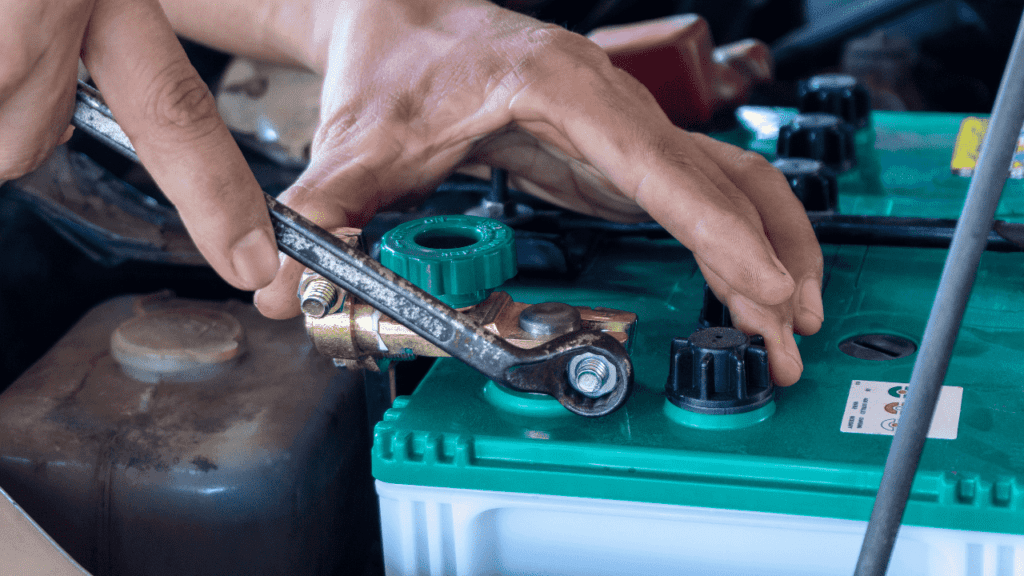
- Don’t charge your battery too much or let it run out completely, or it will wear out faster.
- Store batteries in a cool, dry environment to prevent degradation.
- Clean battery terminals regularly to remove dirt and corrosion, ensuring a secure connection.
- Use compatible chargers and charging methods recommended by the manufacturer to avoid damage to the battery.
Battery Applications
Batteries serve diverse applications across various industries, including:
- Portable electronic devices: Smartphones, tablets, and wearables rely on batteries for on-the-go power.
- Electric vehicles: Battery electric vehicles (BEVs) and hybrid electric vehicles (HEVs) utilize batteries as their primary energy source.
- Renewable energy storage systems: Batteries play a crucial role in storing energy from solar panels and wind turbines for later use.
- Backup power supplies: UPS systems and emergency lighting systems rely on batteries to provide uninterrupted power during outages.
- Medical devices: Implantable medical devices, such as pacemakers and insulin pumps, are powered by batteries for continuous operation.
Related : LME : London Metal Exchange | Complete Details
Top Battery Brands
Some of the top brands in the battery industry include:
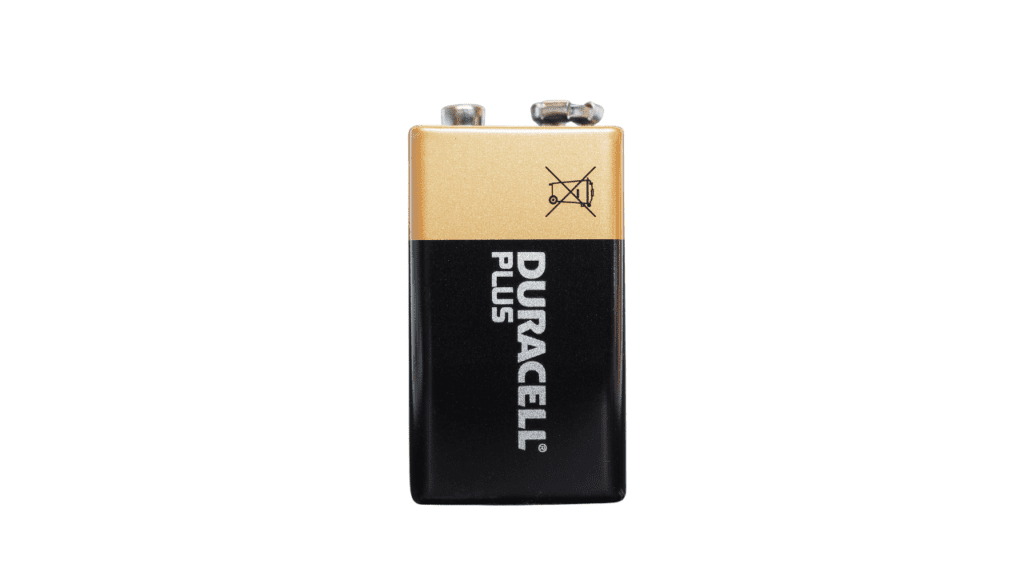
- Duracell
- Energizer
- Panasonic
- Eveready
- Varta
- Rayovac
- GP Batteries
- Tenergy
- Anker
- Eneloop (by Panasonic)
Battery Recycling: From Scrap to Sustainability

- Collection:
- Used batteries are collected from various sources, including households, businesses, and industries.
- Specialized recycling centers, waste management companies, and collection programs facilitate this process.
- Sorting:
- Batteries are sorted based on their chemistry and size.
- Different types of batteries require different recycling methods.
- Transportation:
- Sorted batteries are transported to recycling facilities.
- Proper handling ensures safety and prevents leakage or damage during transit.
- Breaking and Crushing:
- Batteries undergo mechanical processes to break them down into smaller pieces.
- This exposes internal components for further processing.
- Chemical Treatment:
- Broken battery pieces are subjected to chemical treatments.
- Valuable materials like lead, cobalt, lithium, and nickel are extracted.
- Purification:
- Materials taken out are cleaned to get rid of dirt and unwanted stuff.
- Ensures quality for reuse.
- Recovery and Reuse:
- Purified materials are used to manufacture new batteries or other products.
- Reduces demand for virgin materials, conserves natural resources, and minimizes environmental impact.
Visit Our Prices Page For Latest Metals Rates
FAQs:
- What are the main types of batteries?
- Batteries are divided into two types: primary, which can’t be recharged, and secondary, which can be recharged.
- What are primary batteries used for?
- Primary batteries, also known as disposable batteries, are designed for one-time use in devices like remote controls and alarm clocks.
- How do secondary batteries differ from primary ones?
- Secondary batteries, or rechargeable batteries, can be recharged multiple times, making them more eco-friendly and economical.
- What are the key components of a battery?
- Batteries consist of anode, cathode, electrolyte, and separator, each playing a vital role in the battery’s function.
- How do batteries work?
- Batteries generate electrical energy through chemical reactions between the anode and cathode, facilitated by the movement of ions through the electrolyte.
- What are some common battery chemistries?
- Common battery chemistries include lead-acid, lithium-ion, and nickel-metal hydride, each with its unique properties and applications.
- What are the main applications of batteries?
- Batteries power a wide range of devices and industries, including portable electronics, electric vehicles, renewable energy storage, and medical devices.
- What are some battery maintenance tips?
- Proper maintenance, such as avoiding overcharging, storing in a cool, dry place, and using compatible chargers, can extend the lifespan and performance of batteries.
- Why is battery recycling important?
- Battery recycling prevents environmental contamination, conserves resources, and promotes sustainable waste management by recovering valuable materials for reuse.
- How do batteries contribute to innovation and technology?
- Batteries drive innovation by powering devices and technologies that shape our daily lives, from smartphones to renewable energy solutions, and electric vehicles. Understanding their importance helps in making informed decisions about their usage.
Join our: Whatsapp Group
Conclusion
Batteries are the unsung heroes of the digital age, powering the devices and technologies that have become indispensable in our lives. By understanding the different types of batteries, their components, and how they work, we can make informed decisions when selecting and using batteries for various applications. Whether it’s powering our smartphones, enabling renewable energy solutions, or driving electric vehicles, batteries continue to drive innovation and shape the future of technology. By following proper maintenance practices, we can prolong the lifespan and efficiency of batteries, ensuring they continue to serve us well into the future.


















